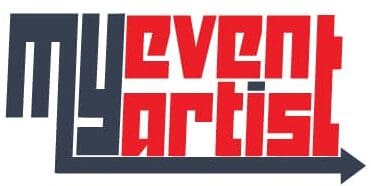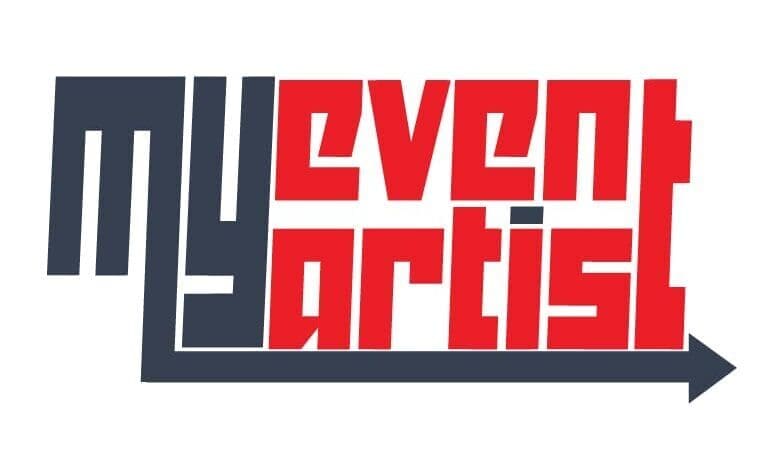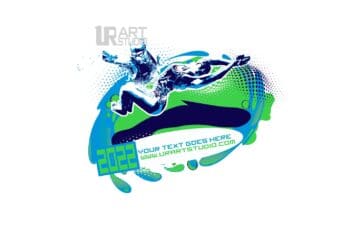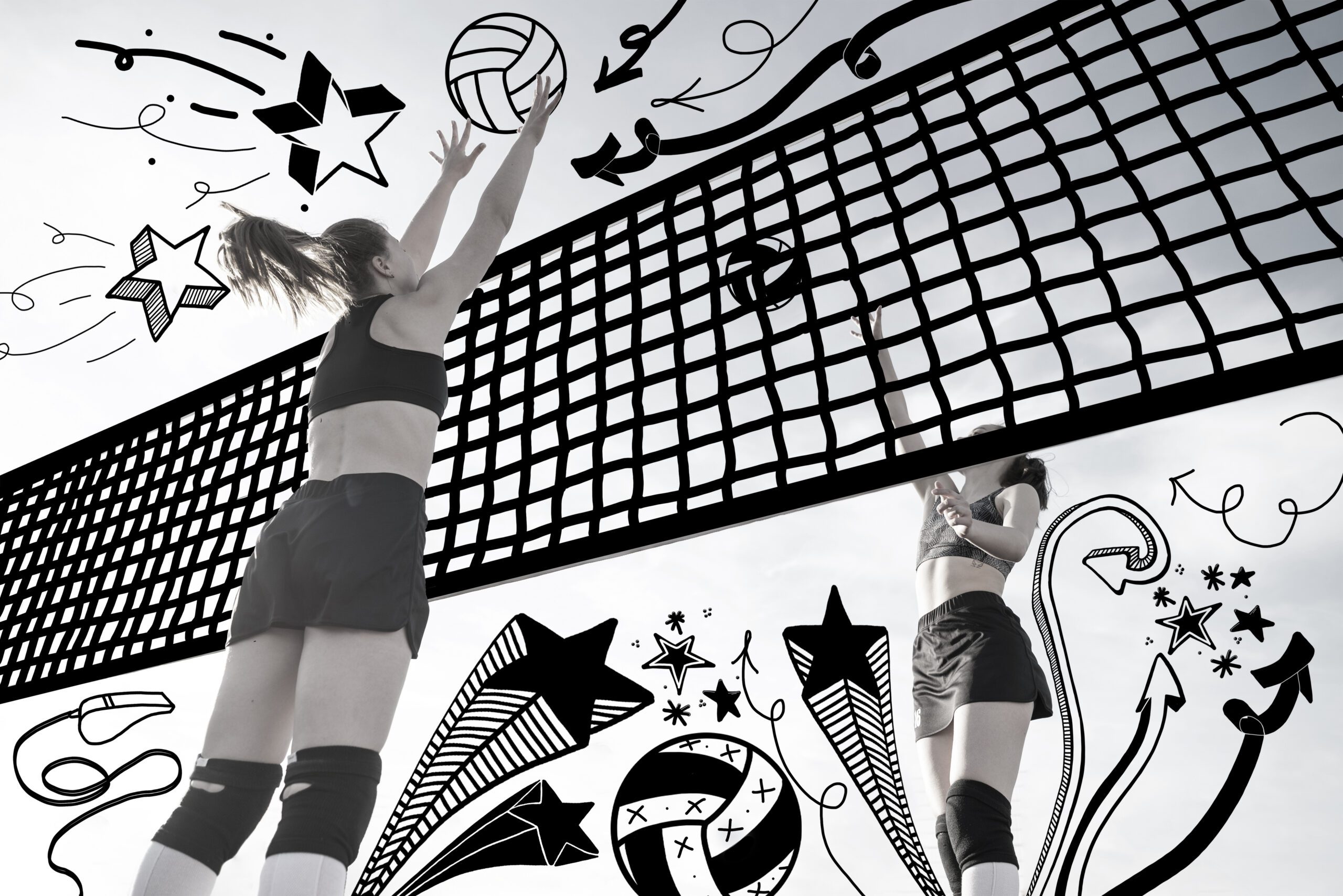When it comes to designing sports logos that not only capture attention but also convey the essence of an event or brand, the importance of alignment and grids in Adobe Illustrator cannot be overstated. Proper alignment and use of grids are essential for creating visually appealing logos that are both professional and versatile across various mediums. At My Event Artist, we specialize in providing event organizers, apparel businesses, and sports teams with high-quality logo designs tailored specifically for sporting events.
This blog post will explore the significance of alignment and grids in logo design, detail step-by-step instructions on how to implement these tools in Adobe Illustrator, and provide valuable tips for creating compelling sports logos.
The Significance of Alignment in Logo Design
1. Enhancing Readability
Alignment plays a critical role in ensuring that your logo is easy to read and understand. Well-aligned elements help viewers quickly grasp the brand message and identify key components. In sports logos, where clarity is paramount, alignment helps convey professionalism and attention to detail.
2. Creating Visual Harmony
Proper alignment contributes to visual harmony within a logo. When elements are aligned, they create a cohesive appearance that enhances the logo’s overall aesthetic. This is particularly important in sports logos, where you want to evoke feelings of unity and teamwork.
3. Establishing a Brand Identity
A well-aligned logo can strongly establish and reinforce brand identity. Consistency in alignment across various branding materials allows the audience to connect visuals with the brand seamlessly. This consistency can enhance recognition, making it easier for fans and participants to identify with a team or event.
Understanding Grids and Their Importance
1. Guiding Structure
Grids act as invisible guides that help organize elements within a design. By adhering to a grid, designers can maintain proportionality and balance between various components of a logo. This structured approach is especially useful in sports logo design, where balance is essential, such as when working with typography and iconography.
2. Creating Consistency
Using a grid allows for consistency in spacing, alignment, and size, leading to a more polished and professional outcome. Consistency in logo design is vital, especially when the logo will appear across a range of products, from t-shirts to digital media.
3. Increasing Efficiency
Grids can significantly increase efficiency in the design process. By providing a clear framework, designers can save time when positioning and aligning elements, which streamlines the overall workflow.
Setting Up Grids and Alignment Guides in Illustrator
Now that we’ve established the importance of alignment and grids, let’s dive into the step-by-step process of setting them up in Adobe Illustrator.
1. Opening a New Document
Begin by creating a new document in Adobe Illustrator:
- Launch Adobe Illustrator.
- Go to File > New to create a new document.
- Set the document dimensions according to your project requirements. For example, a typical logo size might be 1000×1000 pixels for scalability.
2. Activating the Grid
To activate the grid in Illustrator:
- Show the grid by navigating to View > Show Grid.
- For better alignment, enable Snap to Grid by going to View > Snap to Grid. This setting allows you to align objects precisely with the grid.
3. Setting Up Guides
Guides can also enhance your alignment process:
- To create a vertical guide, click on the ruler on the top or side of the workspace and drag down (or across) to place it wherever needed.
- For more precise placement, adjust the guide by going to View > Guides > Edit Guides, where you can input exact coordinates.
4. Using the Align Panel
The Align Panel allows you to align objects relative to one another. To access the Align Panel:
- Go to Window > Align to open the panel.
- You can choose to align objects to the selection, artboard, or key object. This flexibility provides options depending on your design needs.
5. Working with the Transform Panel
For precise positioning of objects, the Transform Panel is invaluable:
- Access the Transform Panel by selecting Window > Transform.
- Here, you can input specific values for width, height, and rotation, allowing you to align elements accurately.
Implementing Alignment and Grids in Your Sports Logo Design
1. Start with a Sketch
Before diving into Illustrator, sketch out ideas for your logo on paper. This will provide you with a physical reference to visualize how you want elements to align before moving to the digital space.
2. Establish a Hierarchy of Elements
Identify the primary components of your logo (e.g., text, icons) and establish a hierarchy. Consider which elements are most important and how they will be aligned relative to each other:
- Primary Elements: These are typically the main text or icon that represents the brand.
- Secondary Elements: Any additional text, slogans, or secondary graphics that support the primary elements.
3. Using the Grid to Create Structure
As you begin creating your logo in Illustrator:
- Use the grid to position your primary elements centrally or along key lines.
- Maintain consistent margins around your logo components to ensure balance.
4. Aligning Elements Using the Align Panel
Once your elements are in place, use the Align Panel to refine alignment:
- Select all elements and choose to align them to the center or left/right, depending on your desired layout.
- Utilize options like Distribute Spacing to ensure equal spacing between multiple elements.
5. Review and Adjust
After aligning your logo elements, zoom out to review the entire design. Ensure that everything appears balanced and visually appealing. Make any necessary adjustments by moving elements into position within the grid framework.
Tips for Effective Alignment and Grid Usage
While alignment and grids can greatly enhance logo design, here are some additional tips for achieving the best results:
1. Maintain Consistency
Use consistent spacing, sizes, and alignments. This consistency will streamline designs and maintain visual harmony.
2. Be Mindful of Typography
Ensure that text elements are aligned with other design elements. Typeface size and spacing can impact balance and readability, which is particularly crucial in sports logos.
3. Use Negative Space
Incorporate negative space (the space around and between elements) into your designs. Effective use of negative space can enhance clarity and subtlety, allowing for cleaner overall designs.
4. Test Different Layouts
Experiment with various layouts by adjusting alignments and grid placements. Sometimes, shifting the position of an element can create surprising positive impacts on the overall look of the logo.
5. Seek Feedback
Don’t hesitate to seek feedback on your logo designs from peers or potential customers. Fresh perspectives can reveal areas for improvement or positive reinforcement of your design choices.
6. Keep Learning
Logo design is an evolving art. Keep learning and experimenting with new techniques and trends, especially in organizations and sports where branding continually shifts.
Conclusion: Mastering Alignment for Compelling Sports Logos
Creating compelling logos requires more than just creativity; it involves a meticulous focus on alignment and structure. By leveraging the power of grids and alignment tools in Adobe Illustrator, you can design sports logos that are not only visually appealing but also effectively communicate your brand’s essence.
At My Event Artist, we are committed to providing unparalleled support to event organizers, apparel businesses, and sports teams in developing unique logo designs that capture the spirit of athletic competition. Explore our extensive collection of print-ready vector logo designs, customizable fonts, and more at My Event Artist Shop. If you’re interested in a custom logo design, we are here to help bring your vision to life with precision and creativity.
Keywords: logo design, alignment, grids, Adobe Illustrator, sports branding, design principles
#logodesign, #alignment, #grids, #AdobeIllustrator, #sportsbranding, #designprinciples






Leave a Reply